History of The Red Sea Shipping from pharaohs to our days
Ancient Egypt and the Country of Punt
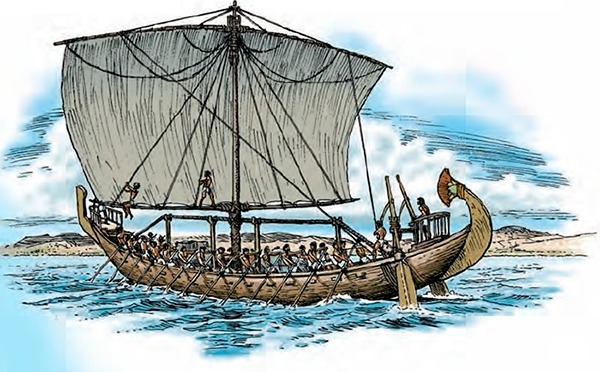
According to the hieroglyphic inscriptions found during excavations in the Hammamat Valley, it can be concluded that Egyptian ships as early as 2300 BC. e. went to the fabulous country of Punt from the harbor of Leukos Limen (now El Kuzeir).
More accurate information about seafaring in the Red Sea in antiquity is given to us by inscriptions and images in the Theban temple of Deir el-Bahri, dedicated to the expedition sent to Punt through the Red Sea by Queen Hatshepsut around 1470 BC.
The cargo brought from the country of Punt consisted of "gold, silver, ivory, black and other valuable woods, living fragrant plants in tubs, incense resin, leopard skins, women, children and baboons of two breeds."
Another expedition to Punt is described in the so-called "Harris Papyrus" - the will of Ramses III (1185-1153): "ships were loaded with Egyptian goods without a number. The ships themselves, numbering in the tens of thousands, were sent to the great sea - Mu-Ked. They reach the country of Punt. Loaded with ships and boats are the products of the Land of God, all the wonderful and mysterious things of their country, the numerous myrrh of Punta, loaded with tens of thousands, without its number. They reach, being unharmed, the Coptos desert. They moor safely along with the goods delivered by them. They load it to carry it dry on donkeys and on people and load it on ships on the Nile river, on the bank of the Coptos, and send it up the river in front of them."
The exact location of the country of Punt is still not entirely clear. However, it can be assumed that we are talking about the east coast of Africa south of the Bab el Mandeb Strait.
At the port of El Quzeir, goods were loaded onto camels and donkeys for onward transport through the Eastern Desert to the Nile. This path was hard and uncomfortable.
Therefore, the idea of a canal connecting the Red Sea and the Nile and further the Mediterranean Sea arose among smart people a long time ago.
Suez Canal
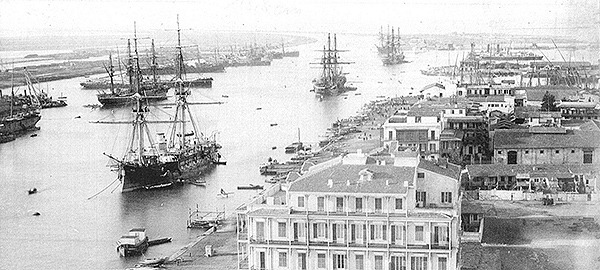
Aristotle wrote: "One of the kings tried to connect the (Red) Sea with the Nile by a canal. Considerable benefit could be derived, of course, from shipping throughout this space. It is said that Sesostris was the first of the ancients to take up this business." Pliny the Elder also mentions Pharaoh Sesostiris as the first builder of the canal between the seas. However, the time of Sesostiris' reign to this day is not clear.
Strabo reports that "The beginning of the canal flowing into the Red Sea was near the village of Facussa. The width of the channel is 100 cubits, the depth is sufficient for very large cargo ships, these places are near the top of the Delta .... this canal was built before the Trojan War." That is, approximately until 1200 BC.
More specific information about the navigable canal dates back to the reign of the Sais dynasty. Herodotus writes that Pharaoh Necho (609-594) began to build a canal from the Nile to the Red Sea, but did not finish it.
Construction was completed by the Persian king Darius I (521-486). The length of the canal was equal to four days of travel, and two triremes could pass side by side along it. The width of the trireme was 4-6 meters without taking into account the oars. So, the canal could have a width of about 20 meters.
The water in it came from the Nile, it began a little higher than the city of Boubastis. Nowadays it is the area of Tell Basta on the south-eastern outskirts of the town of Ez Zakazikk. Next, the ancient canal went through the fertile valley of Wadi Tumilat, then to the south, along the route of the modern Suez Canal.
Four stelae of Darius I, erected to commemorate the completion of the canal, have been found along its bed (at Tel el-Mashkuta, at the place where Wadi Tumilat reaches the Isthmus of Suez, in the Cabreta area and north of modern Suez).
In the Hellenistic era, Ptolemy II (285-247) also dug a canal connecting the two seas. He is mentioned by Diodorus and Strabo.
Since that time, the canal has become a navigable route connecting both seas. Emperor Trajan (98-117) and Caliph Omar (634-641) deepened the canal and increased its navigability. However, in 767 under Caliph Abu Ja'far, the canal was filled in to direct trade through the main areas of the caliphate. So, until November 17, 1869, the route from the Indian Ocean to the Mediterranean Sea lay either around the Cape of Good Hope or through the Isthmus of Suez using the descendants of those very donkeys and camels that carried goods by dry route as early as 2300 years before the birth of Christ.
On November 17, 1869, the French diplomat, entrepreneur and one of the great adventurers of the 19th century, Ferdinand Marie de Lesseps, completed a 10-year epic construction of the Suez Canal. The Egyptian government represented by Khedive Ismail Pasha received 44% of all shares, France - 53% and 3% acquired other countries. Under the terms of the concession, shareholders were entitled to 71% of profits, Egypt - 15%, the founders of the company - 10%.
In 1875, as a result of a brilliant financial operation organized by British Prime Minister Benjamin Disraeli, the Rothschild Bank provided the British government with capital to purchase shares of the Suez Canal Company from the heavily indebted Khedive of Egypt.
These actions were called the "Key to India" and confirmed the British protectorate over Egypt and control over the vital route for the British Empire to South Asia.
The movement of ships on the Red Sea and, in particular, on the Gulf of Suez has increased dramatically. Suez became a real gateway to the East for Europe. The intensity of vessel traffic on the Red Sea has increased manifold.
Ships began to sink more often. This made our diving on the Red Sea even more entertaining. Many of that era wrecks are accessible for you: Carnatic, Dunraven, Kingston, Ulisses
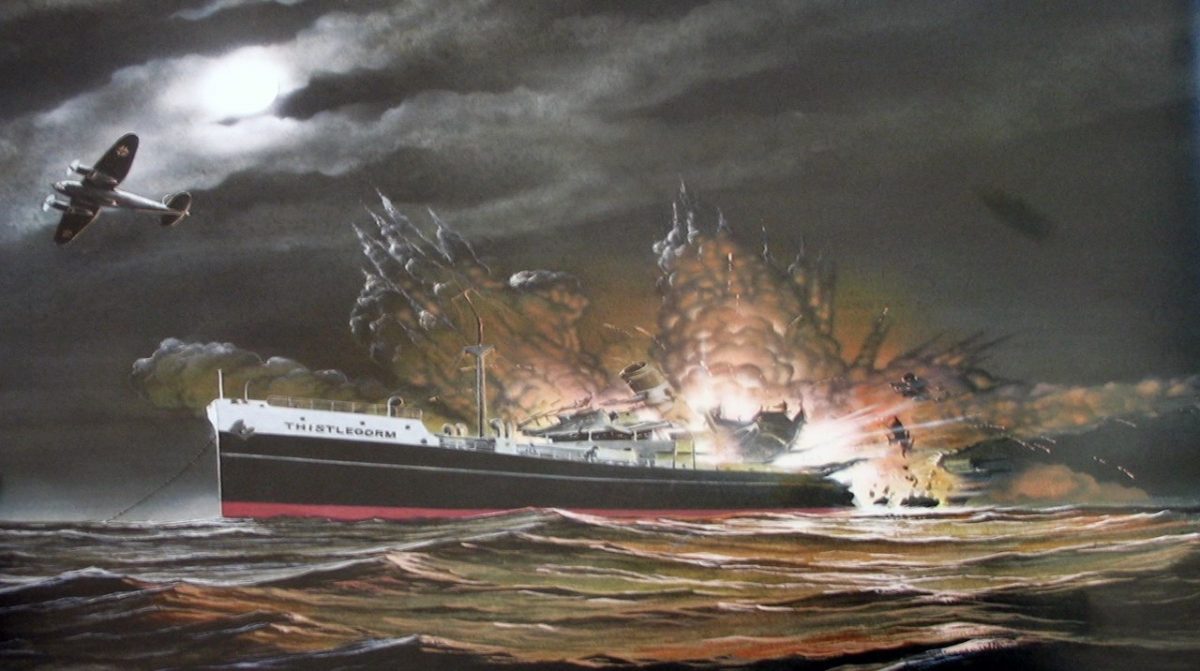
World War II
During World War 2, the Red Sea remained the British Sea and served as a safe way to bring troops and military equipment to North Africa to supply General Montgomery's army. He was opposed by German and Italian army under command of Erwin Rommel “The Desert Fox”.
However, the north of the Red Sea was within reach of German long-range bombers from an air base in Crete. You can see the results of their raids for yourself by diving on the Thistlegorm and Rosalie Moller wrecks.
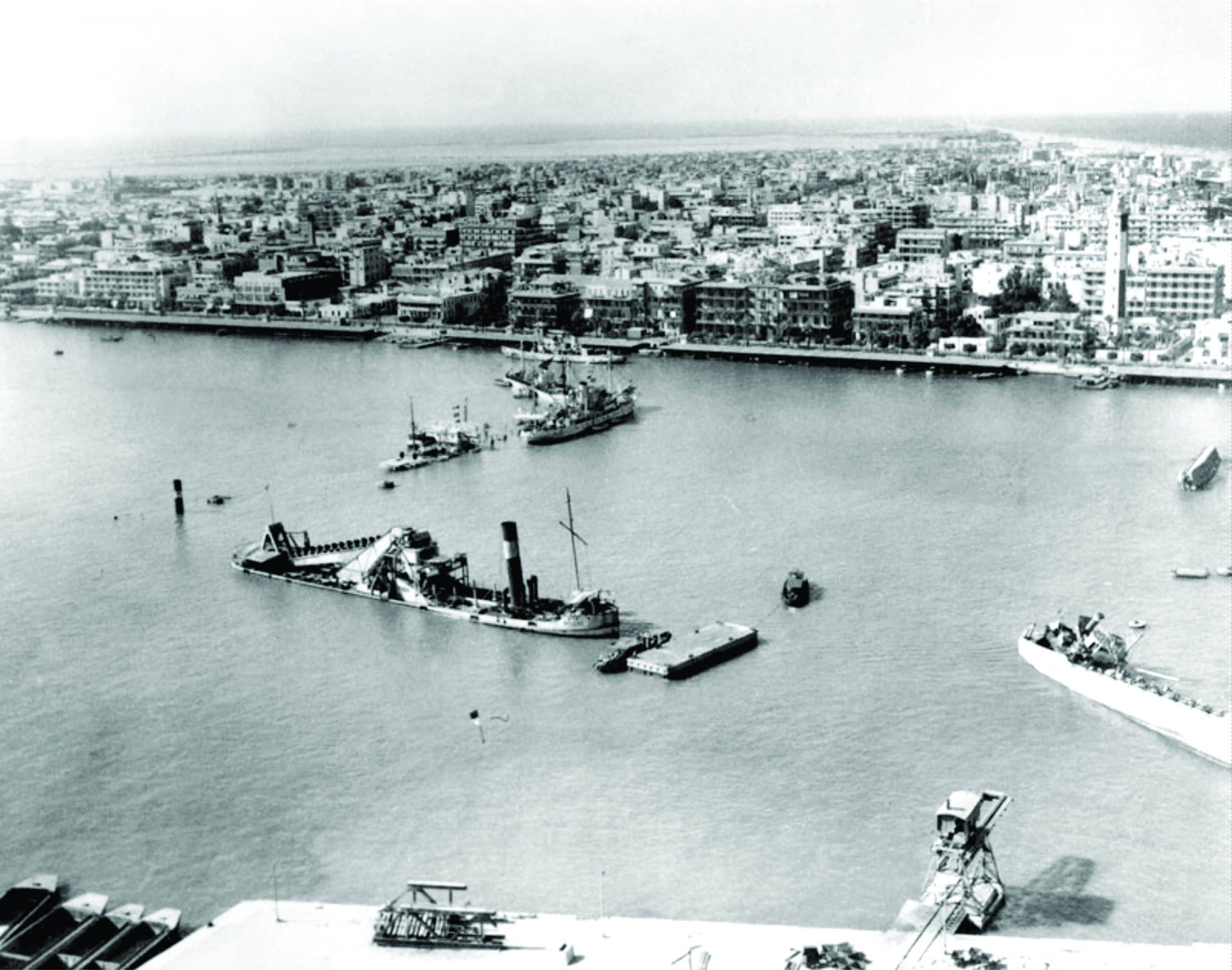
Suez Crisis
10 years after the end of world war, shipping in the Red Sea came under attack again in 1956 during the Suez Crisis.
And yet again 10 years later in 1966-75, when as a result of the 6-day war, the canal became the front line, separating the Egyptian and Israeli armies. The canal was closed for 10 long years.
Thanks to the efforts of Presidents Menachem Begen, Anwar Saadat and Jimmy Carter, navigation in the Canal was restored in 1976, and in 1978 Egypt and Israel signed a peace treaty at Camp David USA.
Since then, the Suez Canal has been operating mostly smoothly and brings great benefits to Egypt and all progressive humanity.
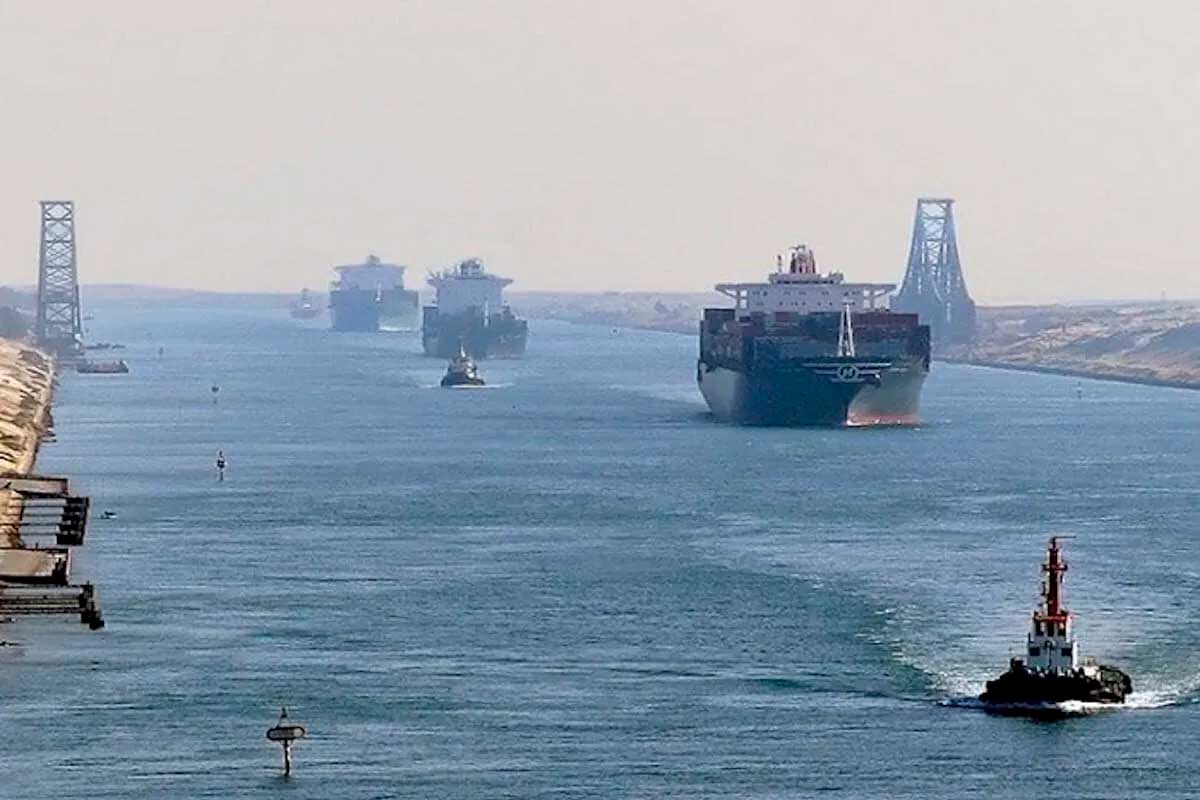
2025
Today, the Suez Canal is one of the most sought-after and the busiest waterways in the world.
Somali pirates’ activity and Yemen rebels’ bombardments both impaired Red Sea shipping in XXI century. But we, dolphins, are still hoping in humans’ good sense.

 Diving in Sharm el-Sheikh
Diving in Sharm el-Sheikh